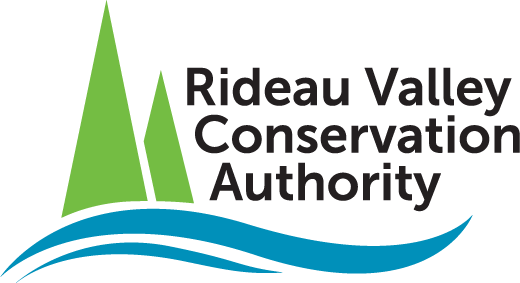Canada is envied across the world for its epic natural playgrounds boasting pristine lakes, endless forests and fresh air. Our watershed is no exception! But as our lakes welcome more and more cottagers, the pressure is building.
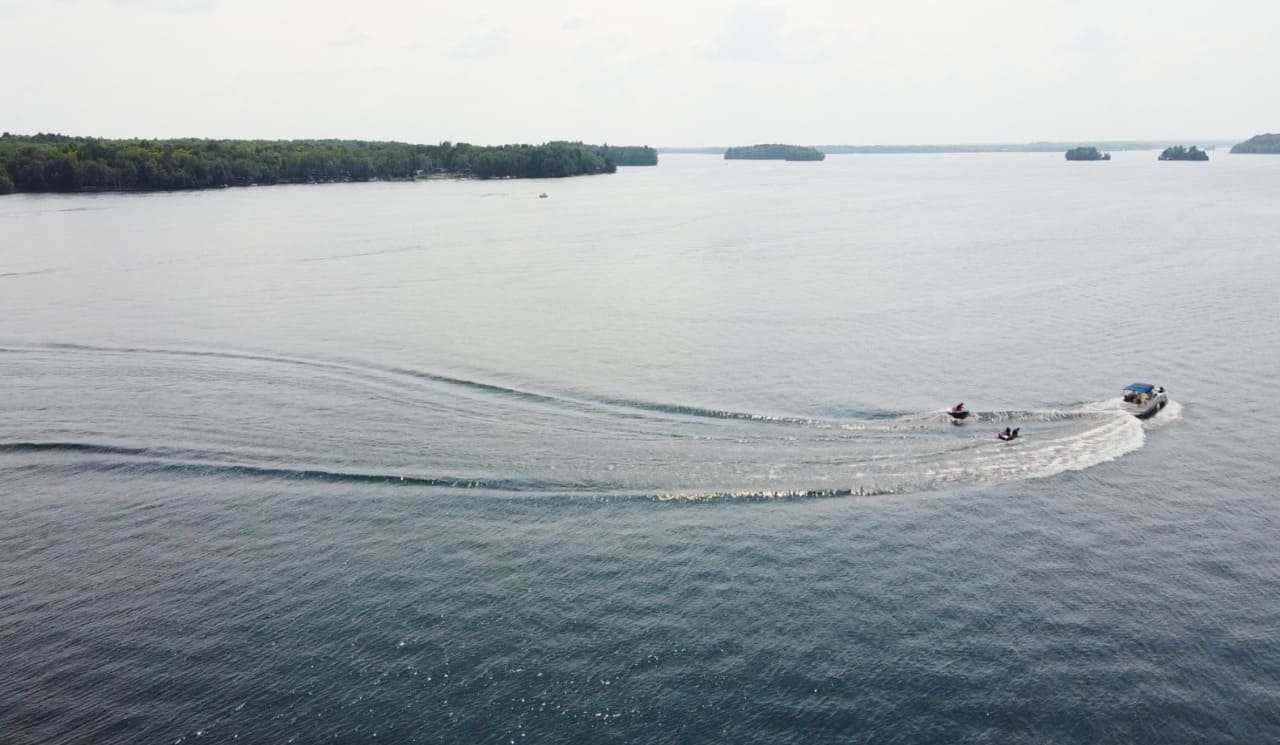
Seasonal cottages can easily become second homes, with all the expectations of city life hitching a ride to the lake. All too often, cottage owners find themselves mowing the lawn, fertilizing gardens and raking weeds out of their swimming area instead of relaxing in paradise.
Not only does this cut into your precious down time, it can also hurt the lake: excess nutrients from fertilizer and pesticides, combined with grassy or hardened shorelines, can lead to weedier lakes, higher risk of harmful algae blooms and increased shoreline erosion. This in turn affects the quality of local swimming, boating and fishing, and can eventually impact property values.
The good news is, a low-maintenance cottage life is easily attainable, all while protecting and improving the lake you love.
Top 6 things you can do to love your lake:

1. Embrace an imperfect property: This summer, do yourself a favour and embrace an imperfect lawn and garden! You'll have more free time, and reducing the amount of lawn care products you use will minimize excess nutrients in the water. This supports clearer lakes, lower risk of harmful algae blooms and improved overall water quality for swimming, boating and fishing.
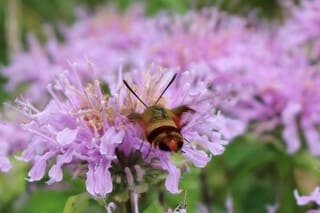
2. Go wild for wildflowers: Planting native flowers along your shoreline, in a rain garden or simply as a pop of colour in your gardens can do wonders for waterways. Native plants have deeper roots that help fight erosion, aerate the soil, filter stormwater and reduce runoff. They also offer vital food sources for pollinators and other wildlife.

3. Pick up pet poop: Pet poop left on waterfront lawns can be easily washed into the nearby water, contributing to higher E.Coli levels (and possible beach closures) and encouraging more weeds and harmful algae blooms. Be sure to pick up after your pet as quickly as possible to avoid contaminating your beloved lake.
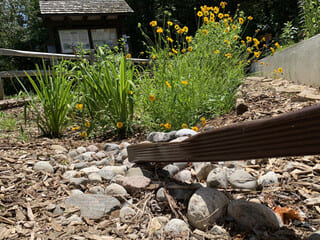
4. Drain the rain: Stormwater runoff washes chemicals, sediment and excess nutrients into our waterways. To help, consider installing sustainable drainage features such as rain barrels, rain gardens, soakaway pits or swales to help slow, soak and store rainwater. Other simple solutions include redirecting your downspout to a garden or natural area, adding natural log steps to any steep pathways and aerating your grass for better infiltration. Visit our sustainable drainage page for fact sheets, videos and how-to guides.
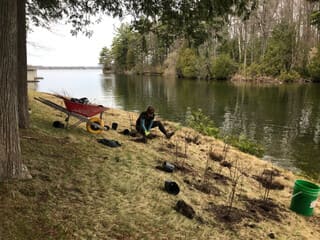
5. Buff up your shoreline buffer: Building a robust shoreline buffer of native shrubs, trees and plants will help reduce erosion, filter contaminants and even discourage geese. RVCA's Shoreline Naturalization Program offers generous grants to develop a custom plan that preserves your water access and views while improving your shoreline. Bonus: by planting just a few metres of your grassy shoreline, you'll have less lawn to mow and more time to enjoy your personal paradise!
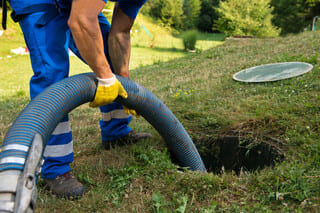
6. Be septic savvy: Private septic systems can be a source of contamination in lakes and rivers if they're not maintained properly. Leaking septic systems can also be dangerous for the health of your family and neighbours. Be sure to only use septic-safe cleaners and chemicals in your home, and schedule inspections and pump-outs every three to five years to keep your septic working properly. Book an inspection sooner if you notice a foul odour or water pooling over the bed. Learn more in our SepticSmart handbook!
For more tips on creating a natural oasis at your cottage, visit our sustainable drainage page for fact sheets, videos and how-to guides. To see where you can make the most improvements on your specific property, use the self-assessment tool in our Lake Protection Workbook. For help with shoreline naturalization contact
